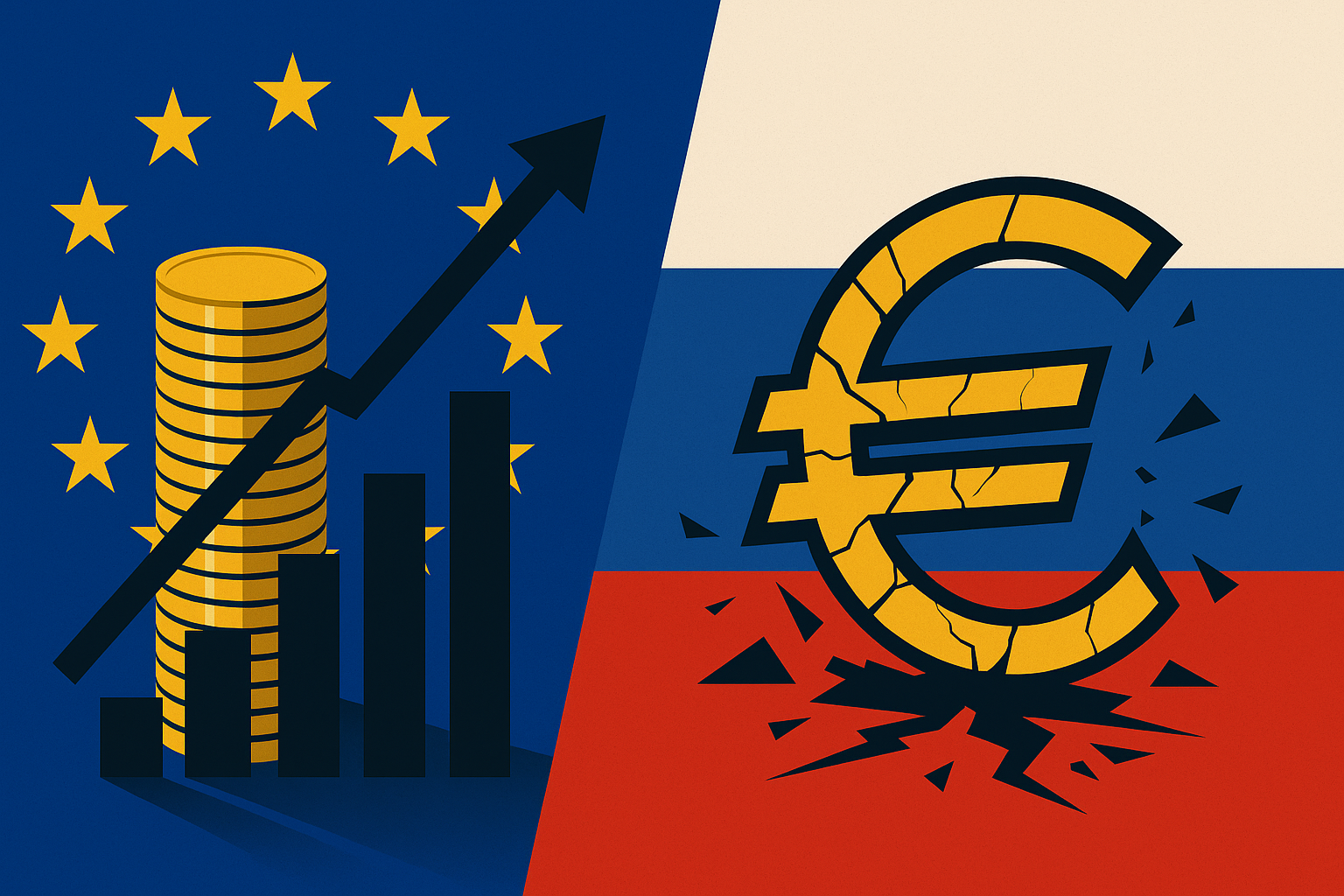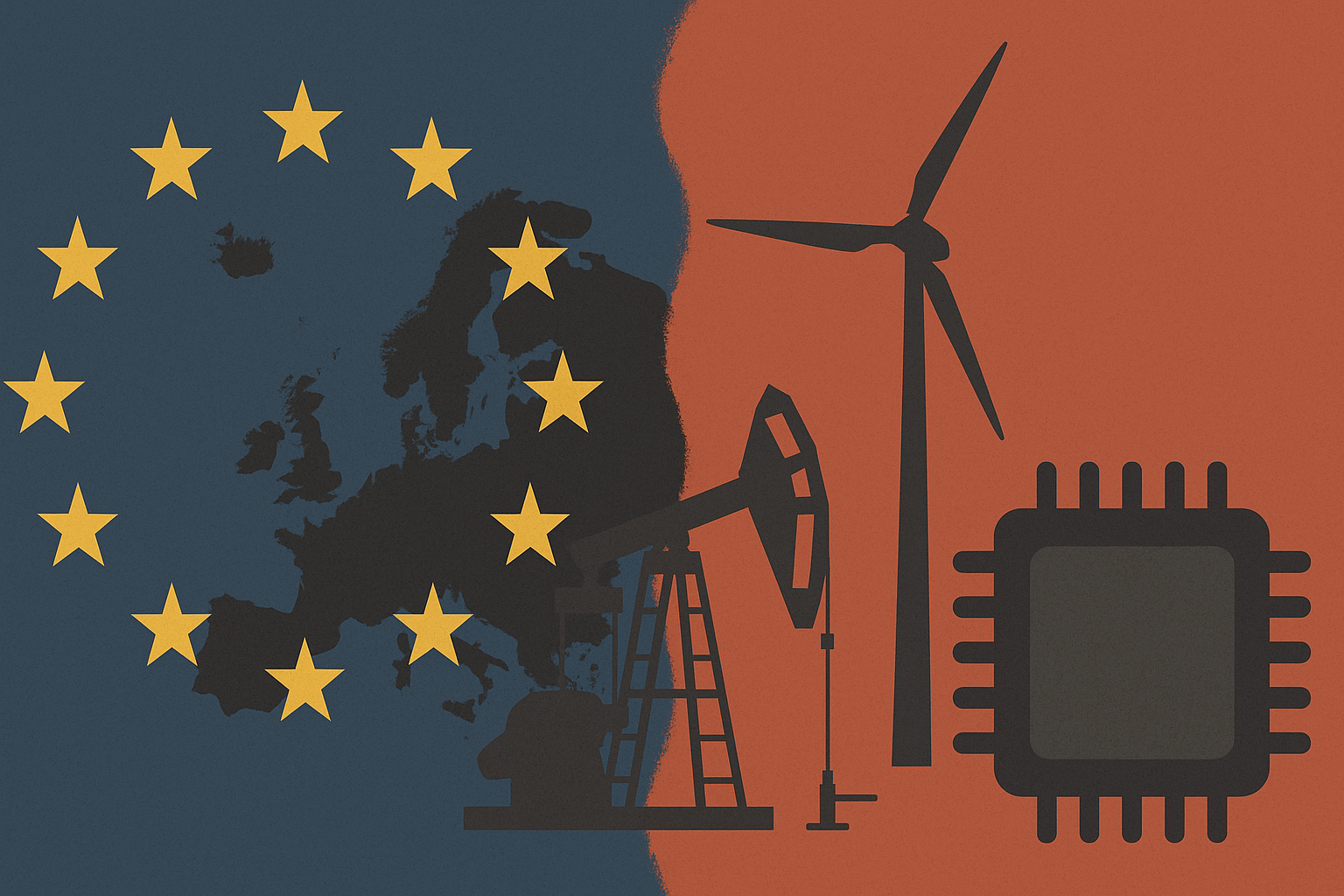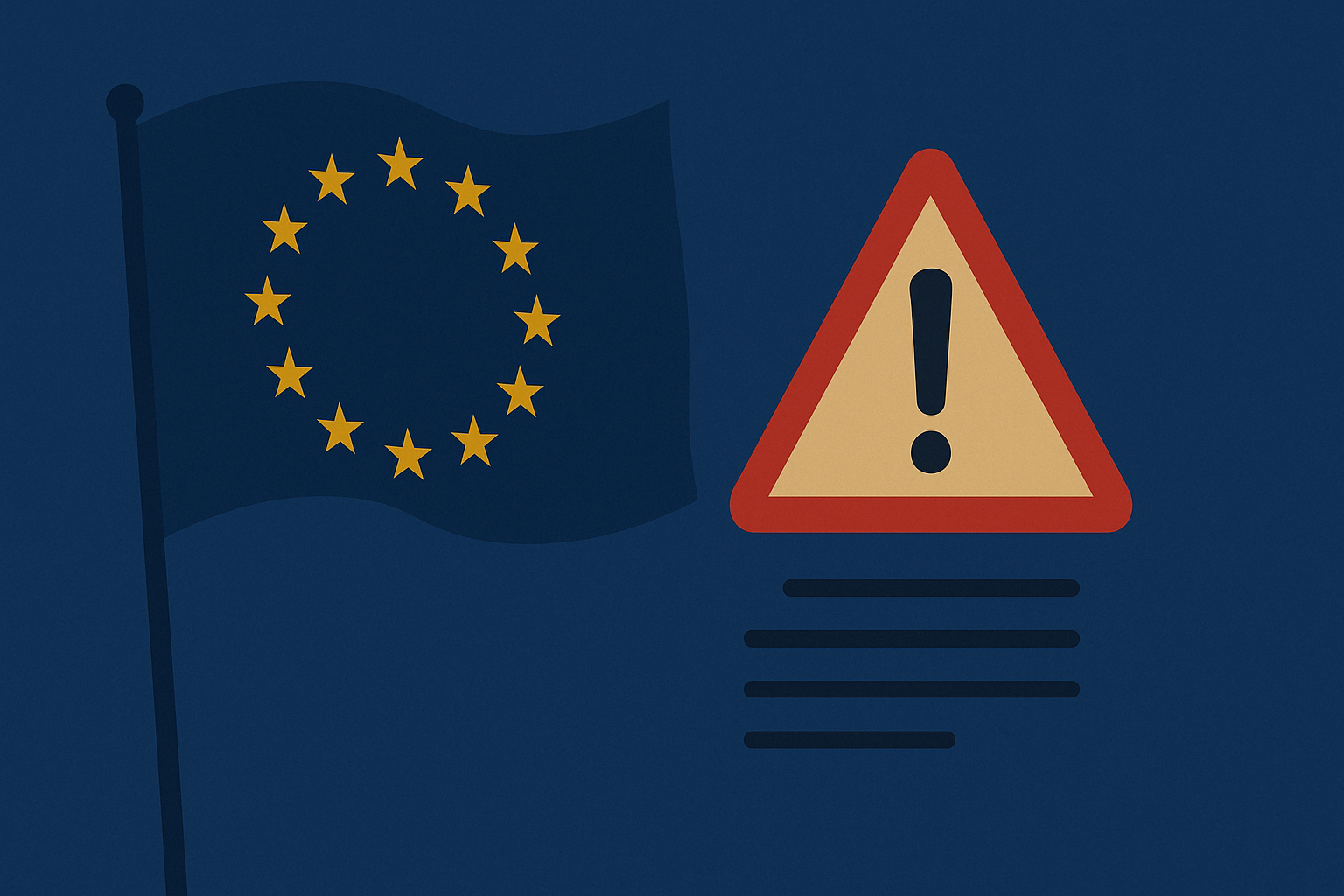The European Union has formally endorsed a sweeping retaliatory tariff package targeting over $100 billion in U.S. exports. The decision signals the bloc’s preparedness for a potential collapse in trade negotiations with Washington ahead of a crucial August 1 deadline.
This action follows mounting trade tensions, as the United States threatens to impose 30% tariffs on a broad array of European goods unless a new agreement is reached.
Key Features of the EU Tariff Strategy
The EU plan, unanimously approved by all 27 member states, is structured in two stages:
- Phase One: Will be enacted immediately if the U.S. moves forward with the proposed 30% tariffs.
- Phase Two: Could be implemented within weeks if negotiations fail entirely.
The countermeasures would target several high-value sectors, including:
- Agriculture
- Automotive components
- Electronics
- Aircraft parts
- Pharmaceuticals
- Energy products
Designed to mirror or surpass the economic impact of the U.S. measures, the package underscores Europe’s intent to defend its trade interests forcefully and proportionally.
Strategic and Economic Context
- Defensive Posture: The EU’s approval of the tariff package serves as a deterrent and a message of unity, signaling to Washington that unilateral actions will not go unanswered.
- Negotiation Leverage: While EU officials remain committed to dialogue, the approved plan is a tactical instrument to pressure the U.S. into finalizing a mutually acceptable deal.
- Risk of Trade War: Economists warn that if talks collapse, this could escalate into the most significant U.S.–EU trade confrontation in over 20 years, potentially disrupting global supply chains and rattling financial markets.
Official Reactions
European Commission Executive Vice President Valdis Dombrovskis stated:
“The European Union does not seek confrontation. However, we must be fully prepared. If the United States acts unilaterally, we will respond with equal determination.”
In response, a spokesperson from the White House commented:
“We continue to believe a fair deal is within reach. But President Trump is ready to act in defense of American industry if negotiations do not yield results.”
Next Steps
- High-level trade negotiations are ongoing this week in Brussels and Washington.
- The EU’s tariff measures remain on standby and will be triggered if no deal is finalized by August 1.
- Global markets are closely monitoring developments, particularly sectors vulnerable to tariffs such as agriculture, automotive manufacturing, and industrial exports.
Summary
- The EU has approved retaliatory tariffs targeting over $100 billion in U.S. exports.
- The plan includes two phases and will be activated if trade talks fail before August 1.
- The package is intended to protect EU economic interests and apply pressure in negotiations.
- The outcome will shape the trajectory of U.S.–EU trade relations for years to come.








